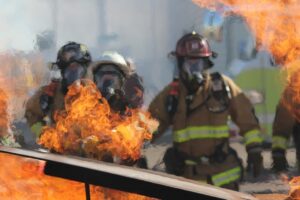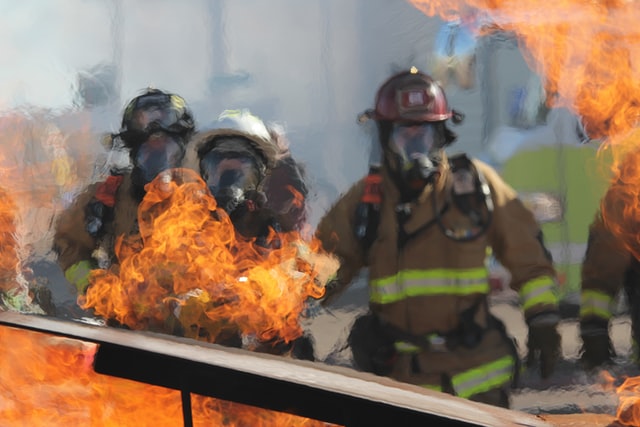Canada in the grip of heat and fire

OTTAWA – Not only Europe: Canada is also in the grip of heat and fires. Environment Canada today issued hot warnings in four provinces: Ontario, Manitoba, Saskatchewan and Quebec. Temperatures could reach 30 ° C in parts of northwestern and northeastern Ontario, and similar conditions are also expected in southwestern and southeastern areas. “Heat warnings” remain in place in parts of northern Manitoba, where the fires have required additional air quality “sos” due to smoke (as well as in British Columbia).
Some communities in the Manitoba province recorded record temperatures over the weekend. Dominion City, located about 80 kilometers south of Winnipeg, recorded the hottest July 17th in history with temperatures reaching 34.2 ° C, breaking the record of 32.2 ° C set in 1942. McCreary, which is located about 200 kilometers northwest of Winnipeg, also set a record for that day with temperatures as high as 31.9 ° C, breaking the 31.7 ° C record set last year. Shoal Lake, about 250 kilometers west of Winnipeg, recorded a temperature of 31.2 ° C: the previous record for July 17 was 30.9 ° C in 2011.
In Saskatchewan, heat warnings are largely confined to the province’s central and northern regions, with daytime temperatures forecasted as low as 30C, Environment Canada says. Parts of Saskatchewan also experienced moments of extreme weather, including hail, heavy rain, and intense lightning, on Sunday. And heavy rains on Monday night caused flooding in parts of Regina. The heat and humidity could make parts of southern Quebec feel 40 ° C or more, while a cold front moving through the province could also trigger showers, thunderstorms and tornadoes.
Although temperatures may drop in parts of the country, “the hottest part of summer is yet to come,” says an Environment Canada climate scientist: “We think July and August will be warmer than normal,” Dave Phillips said Monday to CTV. As if the heat weren’t enough, fires come to increase the dose. The British Columbia Wildfire Service is keeping an eye on the Nohomin Creek Fire, which measures more than 20 square kilometers and is burning just west of the village of Lytton where it has already destroyed at least six properties. Lytton was leveled in a similar fire last year, and many residents evacuated on that occasion have yet to return home.
The Manitoba Wildfire Service also claims that the heat has caused 45 fires in the province, including the largest east of the Mathias Colomb Cree Nation. About 230 square kilometers of land were burned and the neighboring Pukatawagan community was evacuated. The rain also aided firefighting efforts in the southern half of Manitoba, but the northwest corner of the province remains on alert for new fires and smoke hampering firefighters’ intervention.
A very hot summer, therefore, which apparently is only just beginning.



